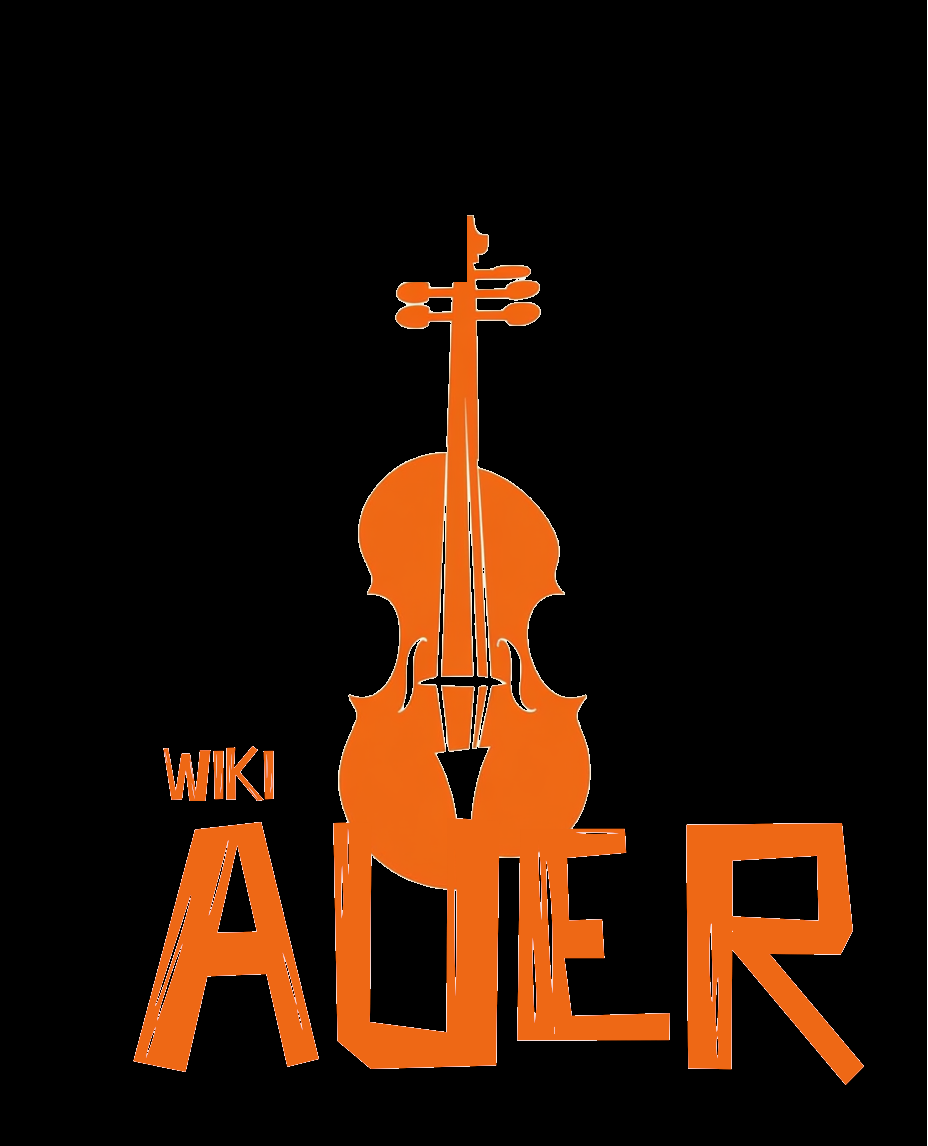Ambulatory Blood Pressure Monitoring
End-organ harm related to hypertension is more closely associated to ambulatory blood pressure (ABP) than clinic or informal blood stress measurements. ABP measurements give higher prediction of clinical consequence than clinic or casual blood strain measurements. The technique of ABP monitoring (ABPM) is specialised; validated screens and BloodVitals tracker appropriate high quality control measures must be used. Interpretation of ABP profile should embody imply daytime, night time-time (sleep) and 24-hour measurements, and consideration of diary data and time of drug remedy. Reports might also include ABP "loads" (proportion space below the blood stress curve above set limits) for daytime and BloodVitals tracker night-time intervals. Percentage area below the blood strain curve above set limits. Can solely be detected by ambulatory blood strain monitoring (ABPM) or self-monitoring. Will not be benign; definitive final result research are wanted. Requires continued surveillance, involving self-monitoring and repeat ABPM at 1-2-12 months intervals. Doesn't reply to straightforward drug therapy. Department of Vascular Sciences, Dandenong Hospital, Dandenong, VIC. 1. Verdecchia P, Clement D, Faggard R, et al.
Blood Pressure Monitoring. Task pressure III. Target organ injury, morbidity and mortality. 2. Mancia G, Zanchetti A, Agabiti-Rosei E, et al. Ambulatory blood strain is superior to clinic blood strain in predicting therapy-induced regression of left ventricular hypertrophy. 3. Perloff D, Sokolow M, Cowan R, et al. Prognostic worth of ambulatory blood stress measurements: additional evaluation. J Hypertens 1989; l 7: S3-S10. 4. Verdecchia P. Prognostic worth of ambulatory blood stress. Current evidence and clinical implications. 5. Imai Y. Prognostic significance of ambulatory blood strain. 6. Staessen J, Thijs L, Fagard R, et al. Predicting cardiovascular danger utilizing typical vs ambulatory blood stress in older patients with systolic hypertension. 7. Sokolow M, Werdegar D, Kain H, Hinman A. Relationship between stage of blood strain measured casually and BloodVitals by portable recorders and severity of complications in important hypertension. 8. O'Brien E, Petrie J, Littler WA, et al. The British Hypertension Society protocol for the analysis of blood strain measuring devices.
J Hypertens 1993; 11: S43-S63. 9. Association for the Advancement of Medical Instrumentation. American National Standard. Electronic or automated sphygmomanometer. ANSI/AAMI SP 10-1992. Arlington, VA. 10. O'Brien E, Coats A, Owens P, et al. Use and interpretation of ambulatory blood pressure monitoring: suggestions of the British Hypertension Society. 11. O'Brien E, Waeber B, Parati G, et al. Blood pressure measuring gadgets: suggestions of the European Society of Hypertension. 12. O'Brien E. State of the market for units for blood stress measurement. 13. White WB. Blood strain load and goal organ effects in patients with important hypertension. J Hypertens 1991; 9: S39-S41. 14. Verdecchia P, Porcellati C, Schillaci G, et al. Ambulatory blood pressure. An independent predictor of prognosis in essential hypertension. 15. Steptoe A, Cropley M, Joekes K. Job pressure, blood strain and response to uncontrollable stress. 16. Joint National Committee on Detection, Evaluation and Treatment of Hypertension. The sixth report of the Joint National Committee.
17. Guidelines Subcommittee. World Health Organization-International Society of Hypertension pointers for the administration of hypertension. 18. Pickering T, for BloodVitals review the American Society of Hypertension Ad-hoc Panel. Recommendations for using home (self) and ambulatory blood stress monitoring. 19. Myers MG, Haynes RB, Rabkin SW. Canadian Hypertension Society tips for ambulatory blood strain monitoring. 20. Staessen J, real-time SPO2 tracking Beilin L, Parati G, et al. Task pressure IV: Clinical use of ambulatory blood pressure monitoring. 21. Staessen JA, Bytterbier G, Buntinx F, et al, BloodVitals monitor for the Ambulatory Blood Pressure Monitoring and Treatment of Hypertension Investigators. Antihypertensive therapy based mostly on conventional or ambulatory blood pressure measurement: a randomized managed trial. 22. Beltman F, Hessen W, Kok R, et al. Predictive worth of ambulatory blood pressure shortly after withdrawal of antihypertensive drugs in primary care patients. 23. McGrath BP. Is white coat hypertension innocent? 24. Staessen J, O'Brien E, Atkins N, et al. Ambulatory blood stress in normotensive in contrast with hypertensive topics. 25. Mancia G, Sega R, Bravi C, et al.
Ambulatory blood stress normality: outcomes from the PAMELA research. 26. Ohkubo T, Imai Y, Tsuju I, et al. Reference values for 24-hour ambulatory blood pressure monitoring primarily based on a prognostic criterion: the Ohasama Study. 27. Lurbe E, Redon J, Liao Y, et al. Ambulatory blood strain monitoring in normotensive kids. 28. Brown MA, Robinson A, Bowyer L, et al. Ambulatory blood stress monitoring in pregnancy: what's normal ? 29. Silagy C, McNeil J, Farish S, McGrath B. Comparison of repeated measures of ambulatory and clinic blood stress readings in remoted systolic hypertension. 30. Pickering T, James G, Boddie C, et al. How frequent is white coat hypertension. 31. Palatini P, Dorigatti F, Roman E, et al. White-coat hypertension: a selection bias? 32. Palatini P, Mormino P, Santonastaso M, et al. Target-organ injury in stage I hypertensive topics with white coat and sustained hypertension: results from the HARVEST examine. 33. Kario K, Shimada K, Schwartz J, BloodVitals review et al. Silent and clinically overt stroke in older Japanese subjects with white-coat and sustained hypertension. 34. Herpin D, Pickering T, Sterglou G, et al. Consensus convention on self-blood strain measurement. Clinical functions and prognosis. 35. Self measurement of blood pressure -- a paper for well being professionals. 36. Ewald B, Pekarsky B. Cost evaluation of ambulatory blood pressure monitoring in initiating antihypertensive drug treatment in Australian general practice. 37. National Health and Medical Research Council. Guidelines for the event and implementation of clinical practice pointers. Publication of your online response is subject to the Medical Journal of Australia's editorial discretion. You can be notified by email within five working days should your response be accepted.
